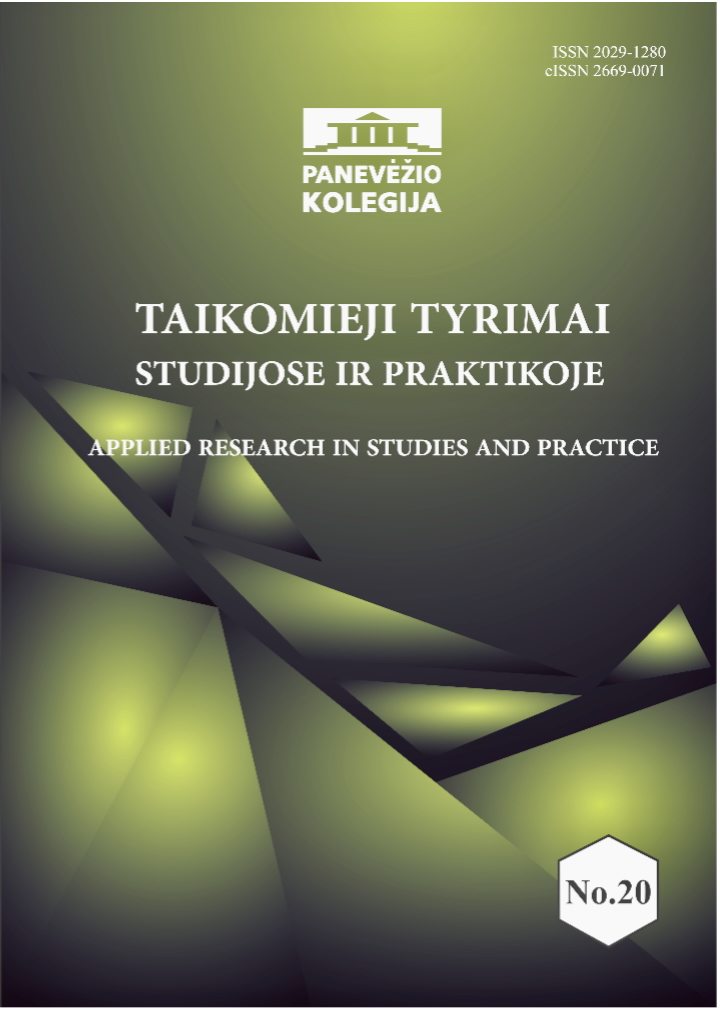REVIEW OF TECHNOLOGIES FOR STABILIZING ELECTRICAL NETWORKS THROUGH REACTIVE POWER COMPENSATION AS THE PENETRATION OF RENEWABLE ENERGY SOURCES INCREASES
Keywords:
Reactive power compensation, Synchronous Condenser, Static Synchronous Compensator, Static Var CompensatorAbstract
Technologies for generating electricity from renewable energy sources (RES) are becoming an integral and highly important part of the electricity generation market. The integration of these technologies into distribution networks is gaining momentum. However, alongside the benefits offered by these technologies, maintaining the stability of electric networks is becoming increasingly complex. This study analyses the impact of RES based power plants on the stability of network parameters and compares several technologies that are often the subject of scientific research to maintain their stability. The study found that RES plants have a negative impact on the stability of network parameters. The technologies most often considered in scientific research as alternatives for stabilizing network parameters are STATCOM, SVC and SC technologies. STATCOM technology is superior to SVC technology, which is a predecessor of the FACTS controller group, due to its characteristics. Comparing STATCOM and SC technologies is challenging due to the different operating principles and characteristics of these technologies. However, the choice between these three technologies should be based on the characteristics of the electrical network into which the technology will be integrated, as well as a cost-benefit analysis.
Downloads
Published
Issue
Section
License
Copyright (c) 2024 Taikomieji tyrimai studijose ir praktikoje - Applied research in studies and practice

This work is licensed under a Creative Commons Attribution 4.0 International License.

This work is licensed under a Creative Commons Attribution 4.0 International License.
Please read the Copyright Notice in Journal Policy.



